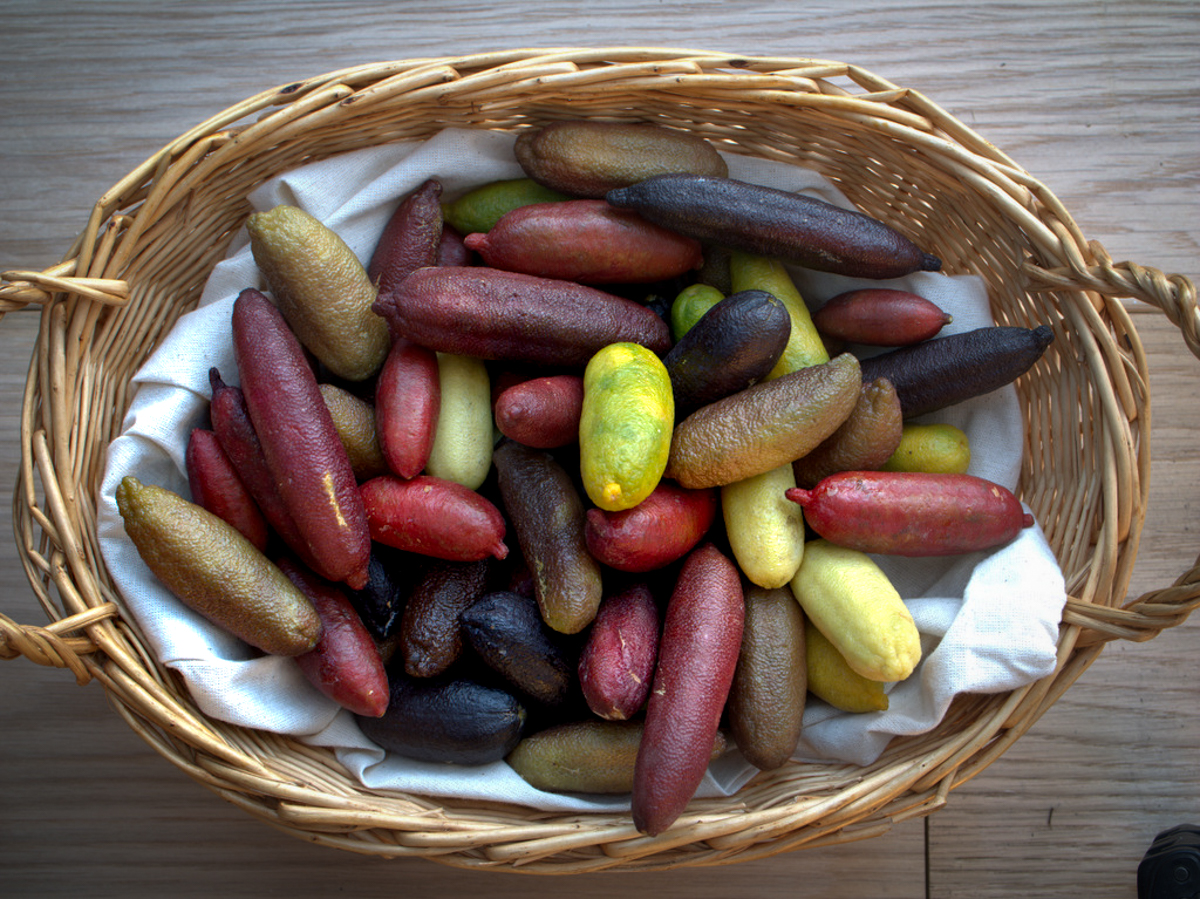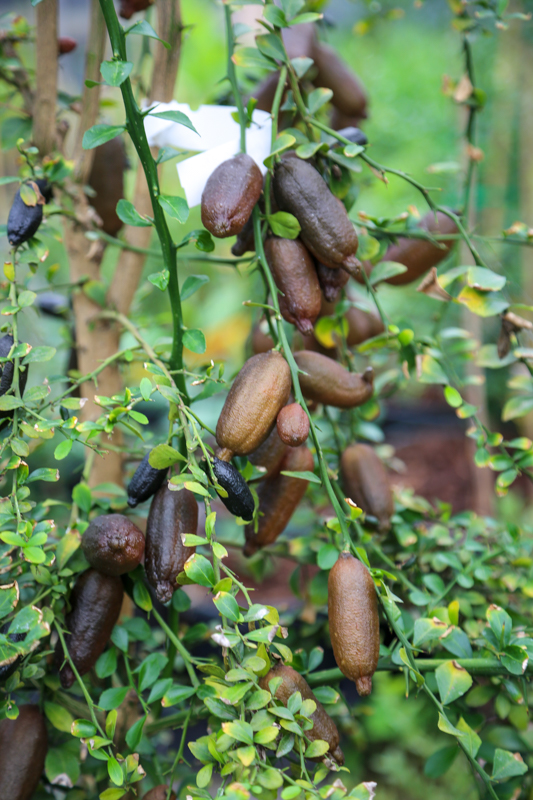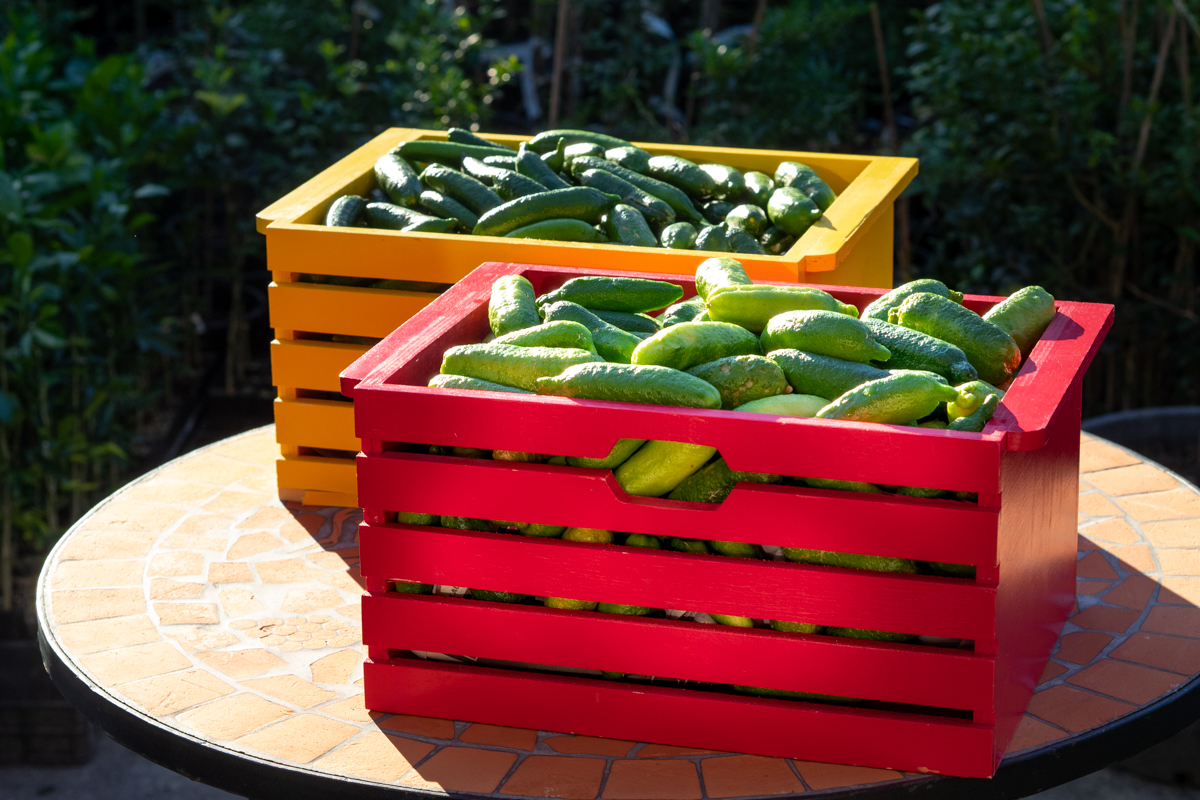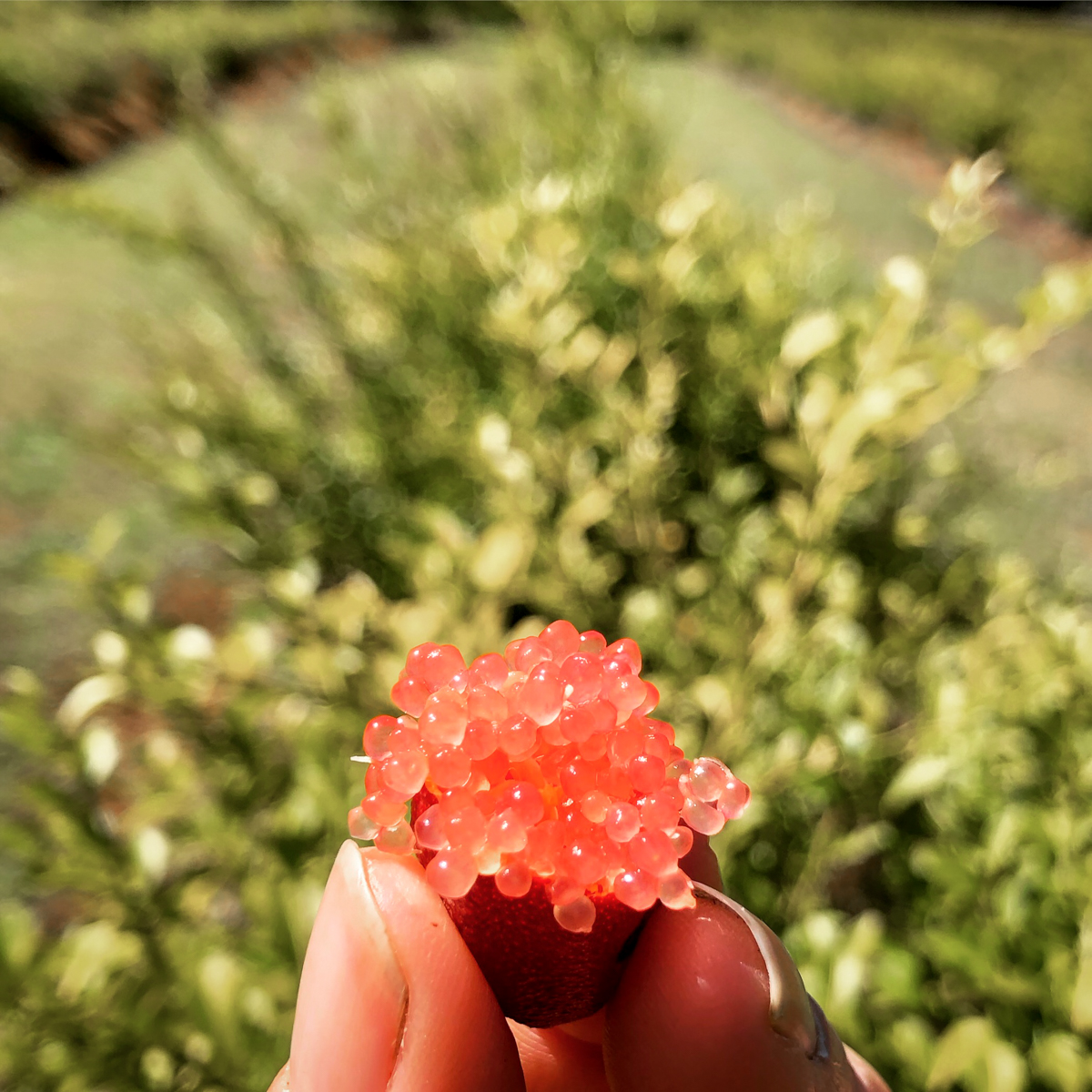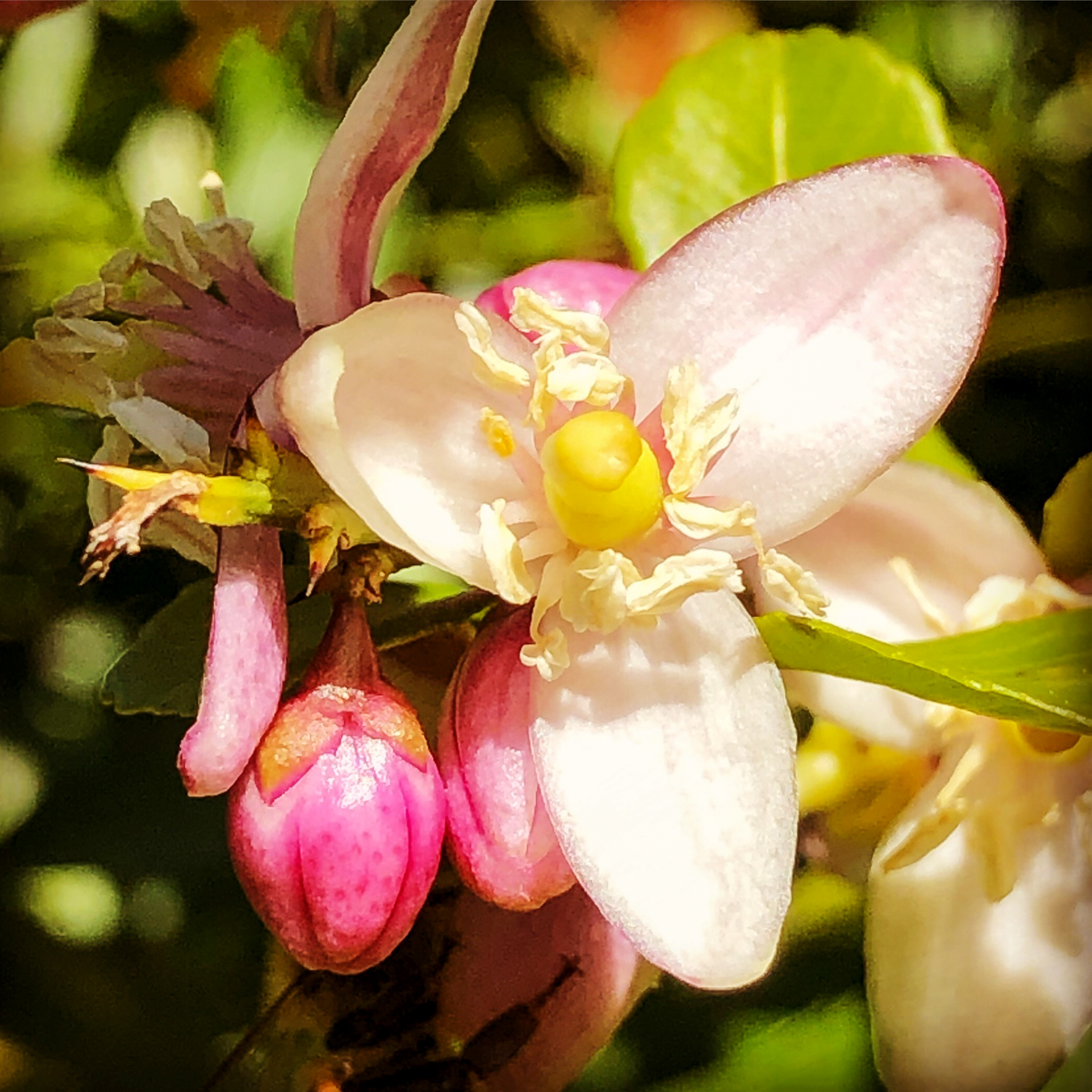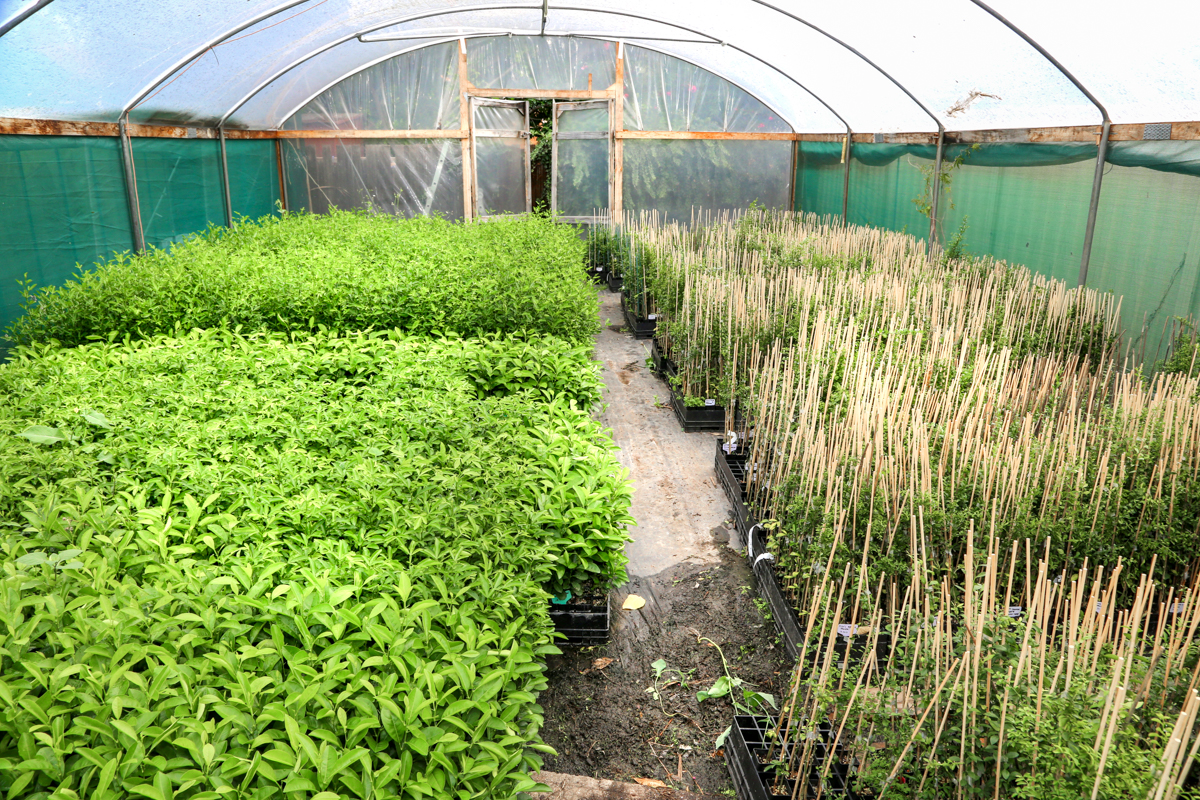Bug Damage and the Native Australian Fingerlime.
Bug Damage and the Native Australian Fingerlime.
Share
Share
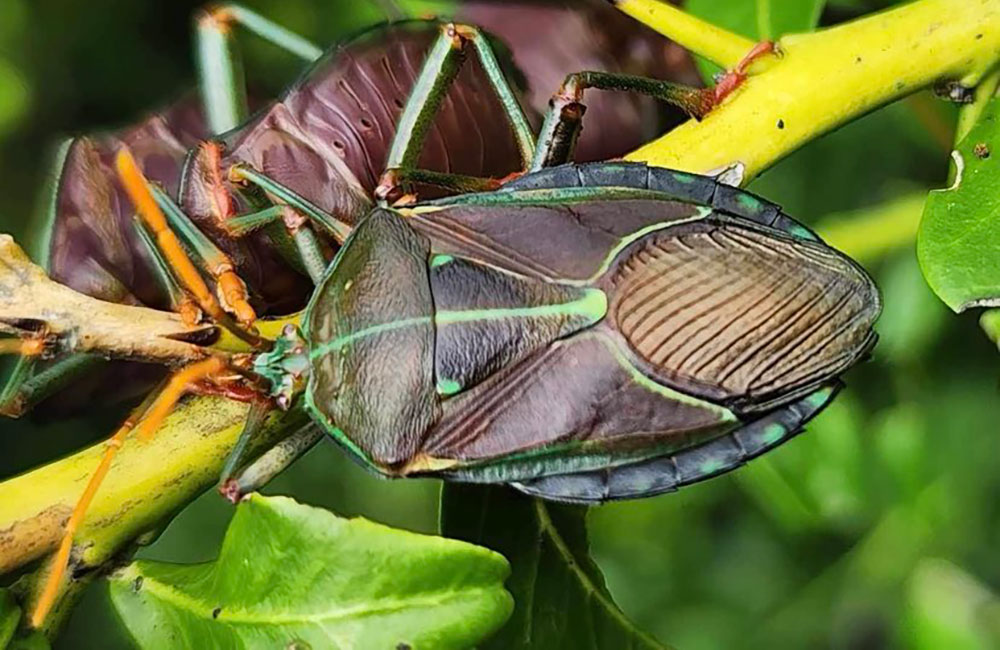
by Craig Maddox NSW DPI Wollongbar
The Australian fingerlime (Citrus australasica) is a prized bush food, the term “citrus caviar” is very apt for those lucky enough to have tried it, well cooked in the good seafood restaurant dishes. As far as “new” industries go the big questions like; How big is the market out there for the fruit? Is it easy to grow on a large scale? What variety grows best and where? What pest management practices are allowable? are unanswered yet (1, 4, 8). My experience with other native crops in their native range in north-eastern NSW (Melaleuca alternifolia and the Macadamia 4 wild species), has been that growing large numbers of these plants will encourage insect pest pressure. Insect management in various forms will become crucial to consistent cropping, and that will have to be based on a good understanding of the genetic range of host material, the pest complex attacking fruit set and establishment, and the climatic triggers for those pests. Outside that native range things can be different. Growers have reported the usual citrus true bug pests attacking fruit and shoot growth. Background information on life cycle and beneficial insects associated with them is in the references listed (2,3,5,6,7).
Bronze orange bug (Musgraveia sulciventris)
Spined citrus bug (Biprorulus bibax)
Fruitspotting bug (Amblypelta nitida)
Banana spotting bug (Amblypelta lutescens lutescens)
Crusader bugs (Mictis profana)
The Citrus blossom bug (Austropeplus sp. : Miridae) has increased its distribution since the 1980’s to well into north Queensland after only being reported by growers in central NSW coastal districts (2,5,7). It must have native hosts, is it a key pest of fingerlime fruit set? Dalton Baker (QDPI & UQ) was working on this pest in recent years. It certainly likes other citrus and macadamia flowering and absolutely decimates Sheppard avocado flowers if unmanaged but was previously only known from backyard citrus (2,3,5,6,7). There are other bug species known to be attacking macadamia that could potentially be a problem for the fingerlime flowering and fruiting, but while the crop remains difficult to grow the returns will be good.
Images of problem insects breeding and feeding on the fingerlime crop are always of interest to us- cheers Craig.
References
1.Wendy Cooper , illustrations by William Cooper (2013) Australian Rainforest Fruits- a field guide. CSIRO publishing
2.CSIRO (1991) The Insects of Australia Vol 2 Melbourne University Press.
3.Fletcher MJ (1985) Plant Bugs Agfact AE38. Department of Agriculture, NSW. Agdex 622
4.Hele A, Latham Y, Ryder M, O’Hanlon M (2006) Australian native citrus – wild species, cultivars, and hybrids. Government of South Australia Primary Industries and Resources and CSIRO Sustainable ecosystems. fact sheet 07/03
5.Hely PC, Pasfield G, Gellatley JG. (1981) Insect pests of fruit and Vegetables in NSW. Department of Agriculture NSW, Inkata press.
6.Huwer R, Maddox C, Bright J, Hickey M, Newton I, Alt S, Danne A, Lindsay K, Wilcox B (2016) Fruitspotting bugs NSW DPI management guide. NSW DPI.
7.Smith D, Beattie GA, Broadley RH. (1997) Citrus pests and their natural enemies, IPM in Australia. QLD Department of Primary Industries & HRDC Q197030.
8.Wrigley J, Fagg M (2013) Australian Native Plants 6th Edition. Reed New Holland

